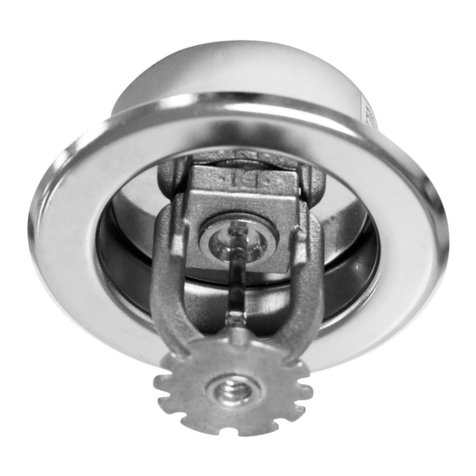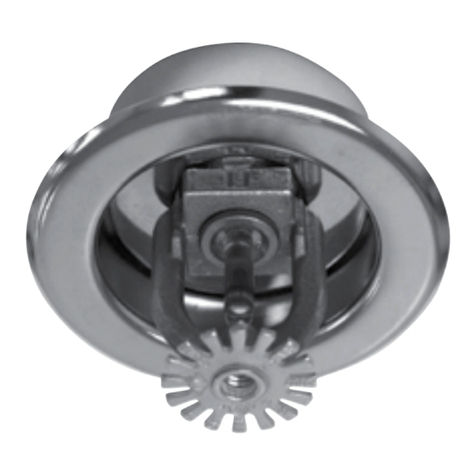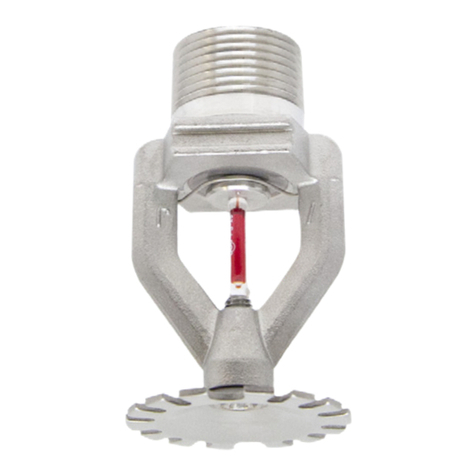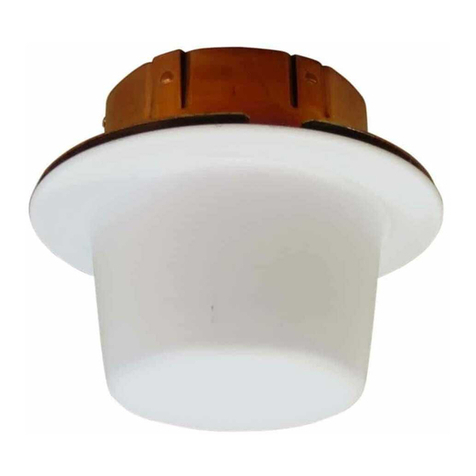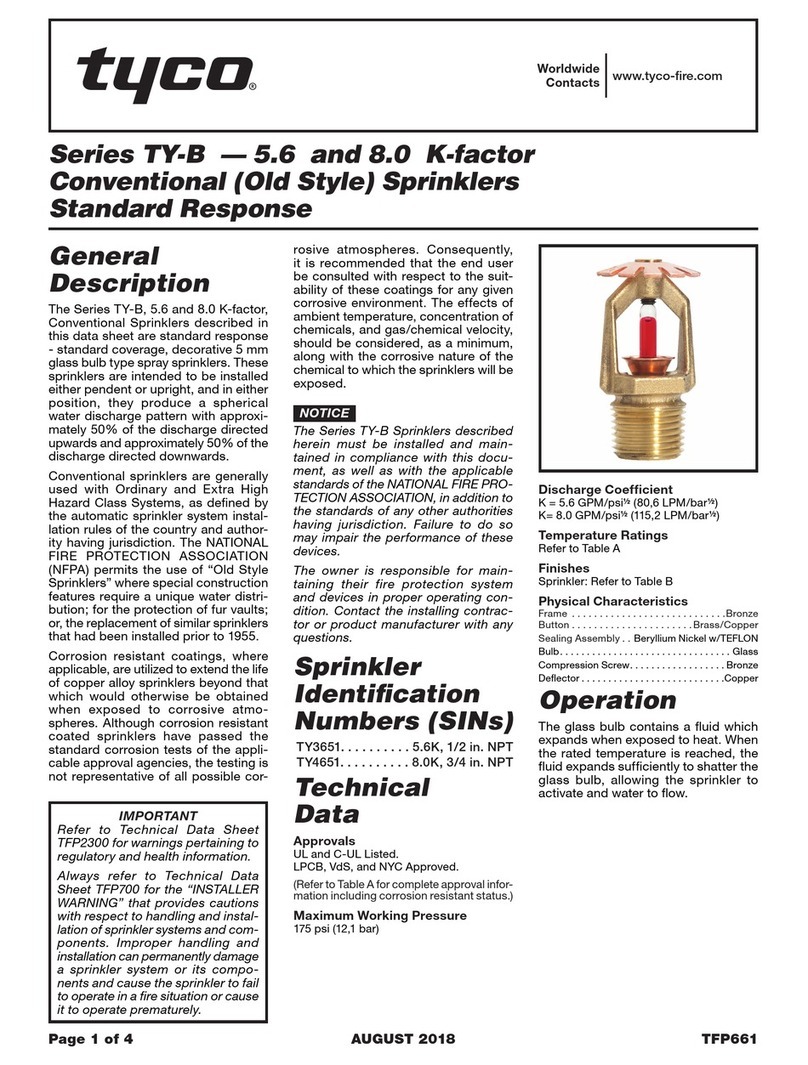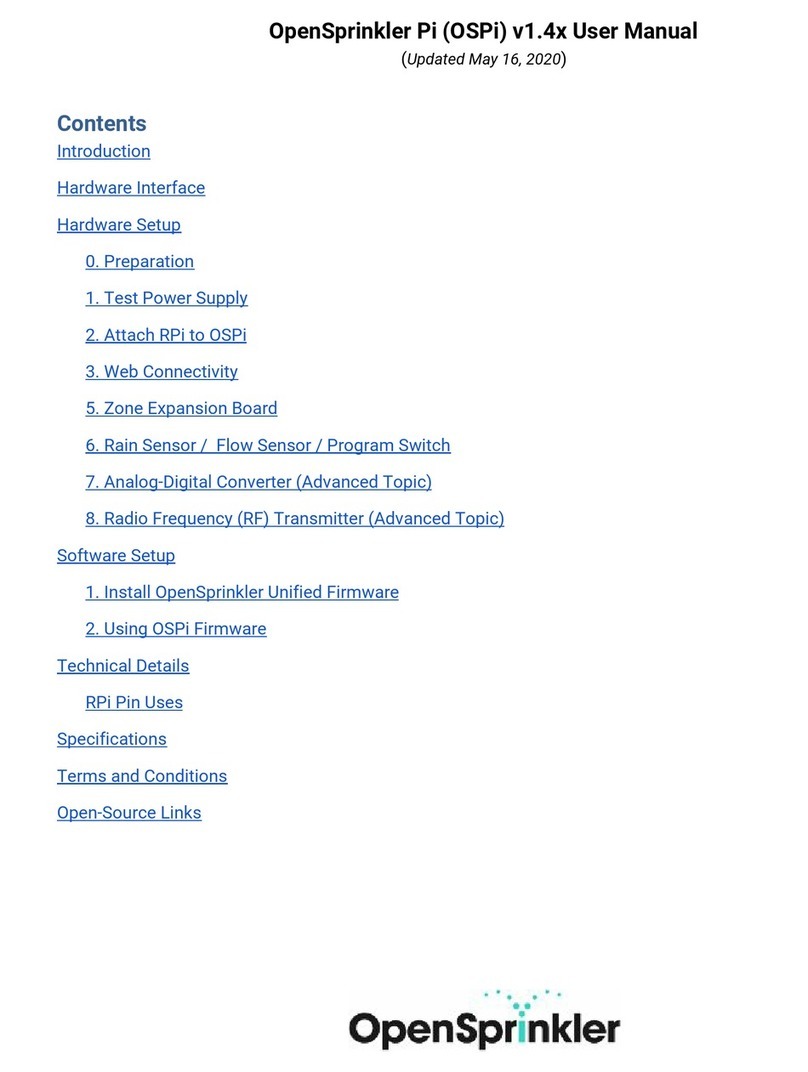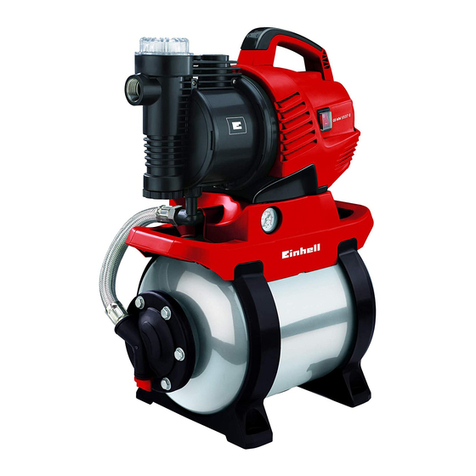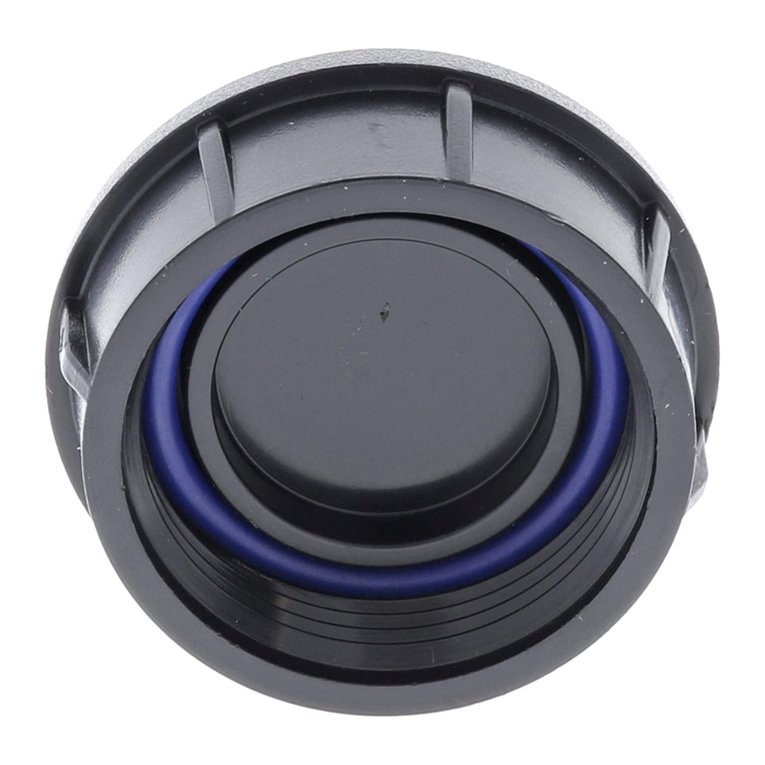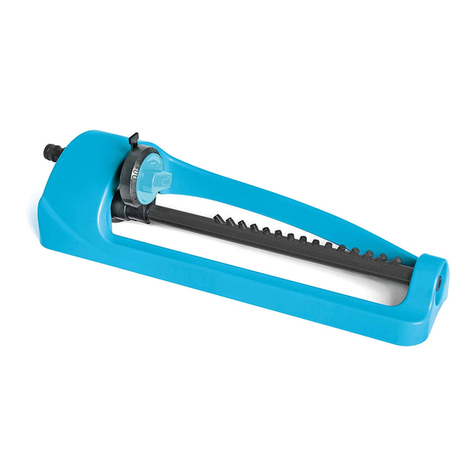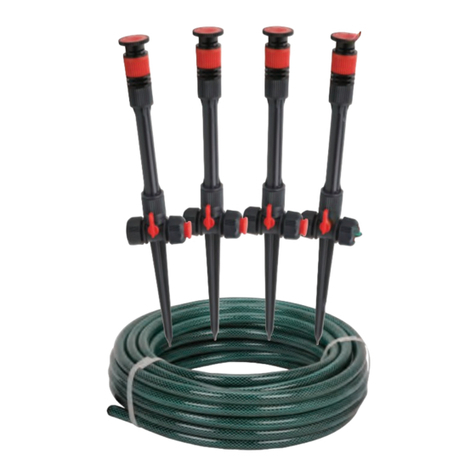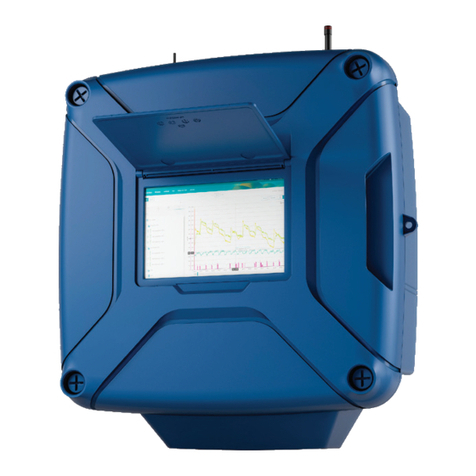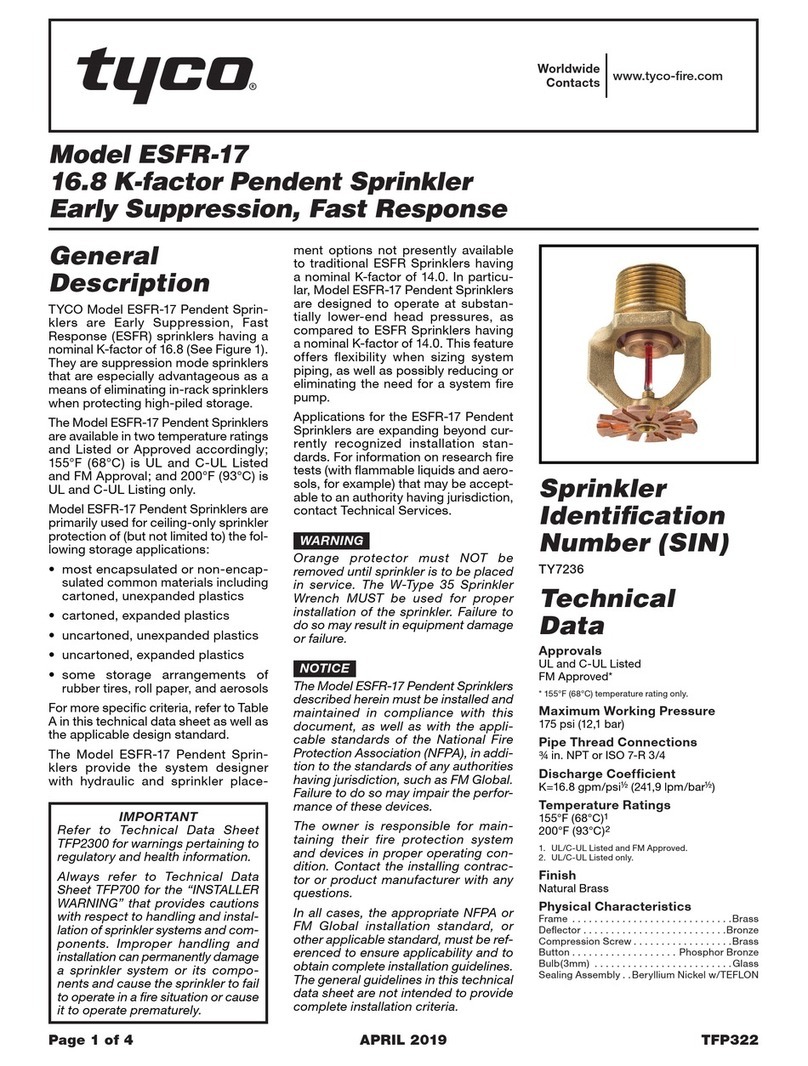Reliable F3QR80 Dry Pendent Operator's manual
Other Reliable Irrigation System manuals
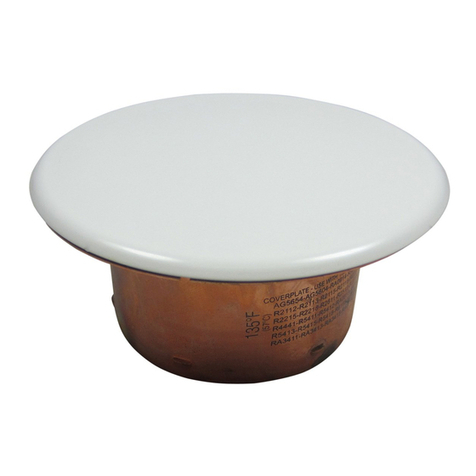
Reliable
Reliable G4 User manual
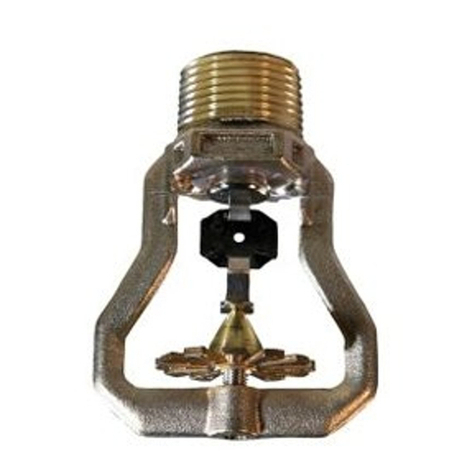
Reliable
Reliable HL22 Manual
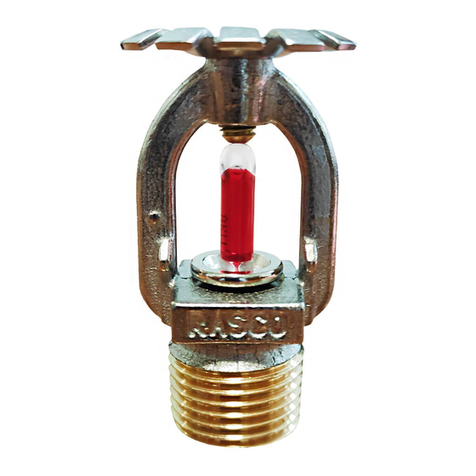
Reliable
Reliable F1FR56-300 QREC Series Manual

Reliable
Reliable HL22 User manual

Reliable
Reliable F1FR QREC Manual
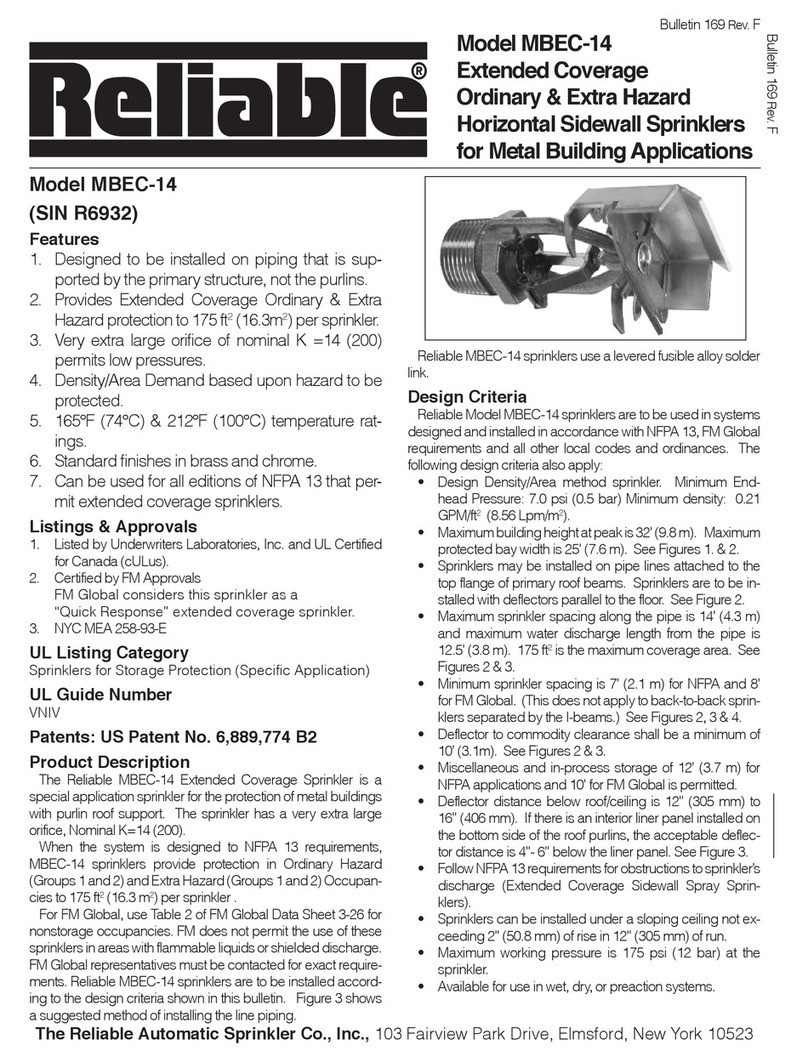
Reliable
Reliable MBEC-14 Manual

Reliable
Reliable J168 User manual
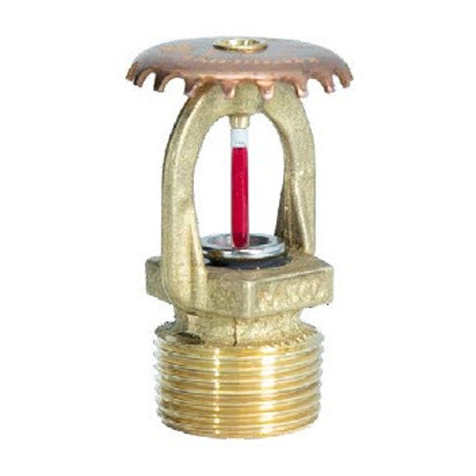
Reliable
Reliable F1FR80 Series User manual
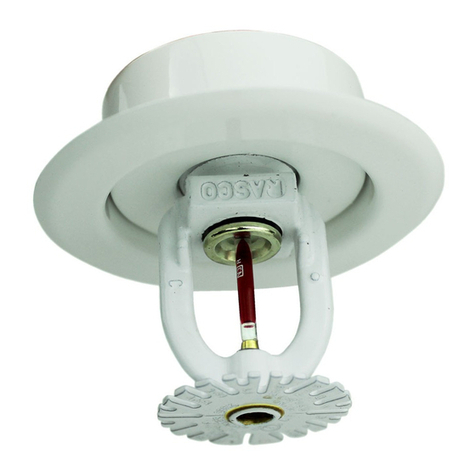
Reliable
Reliable F1 Res 30 LL Manual
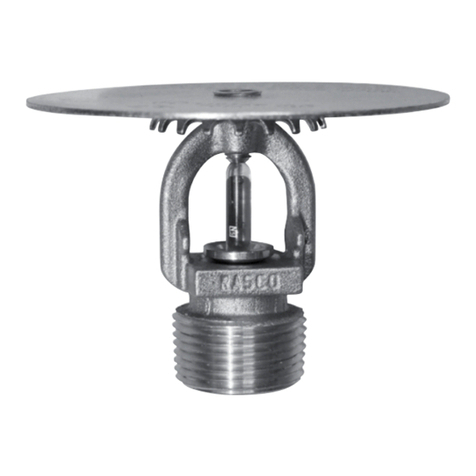
Reliable
Reliable Pantman F1 User manual
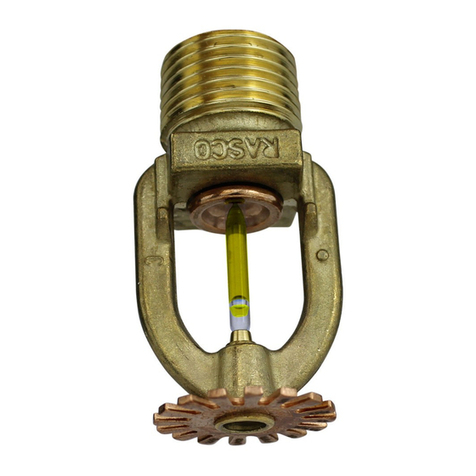
Reliable
Reliable F1FR-FS LO Manual

Reliable
Reliable GL 112 User manual

Reliable
Reliable F1XLH Series User manual

Reliable
Reliable F1FR – 300 User manual
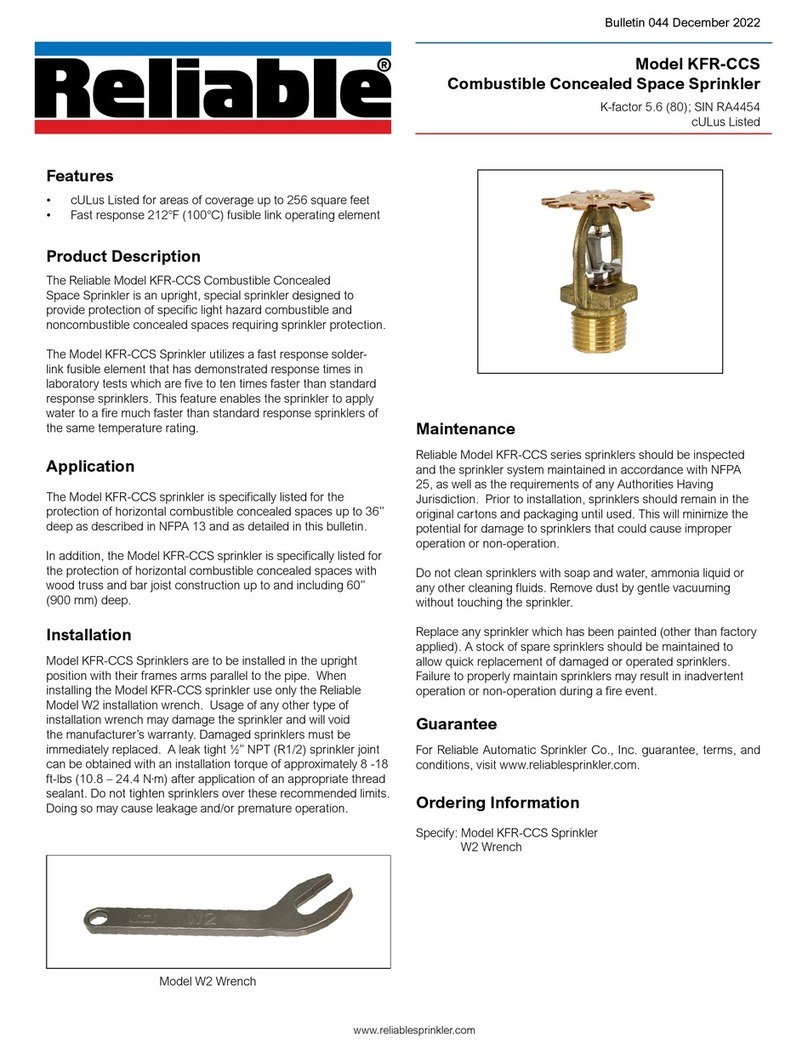
Reliable
Reliable KFR-CCS User manual

Reliable
Reliable F3QR80 Series User manual

Reliable
Reliable F1FR80 Series User manual

Reliable
Reliable N252 EC User manual

Reliable
Reliable F1-300 User manual
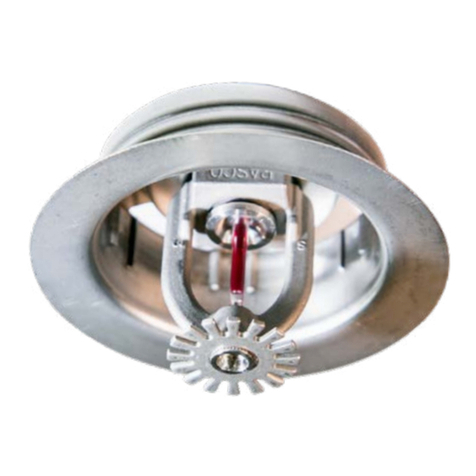
Reliable
Reliable F1FR40 Manual
Popular Irrigation System manuals by other brands
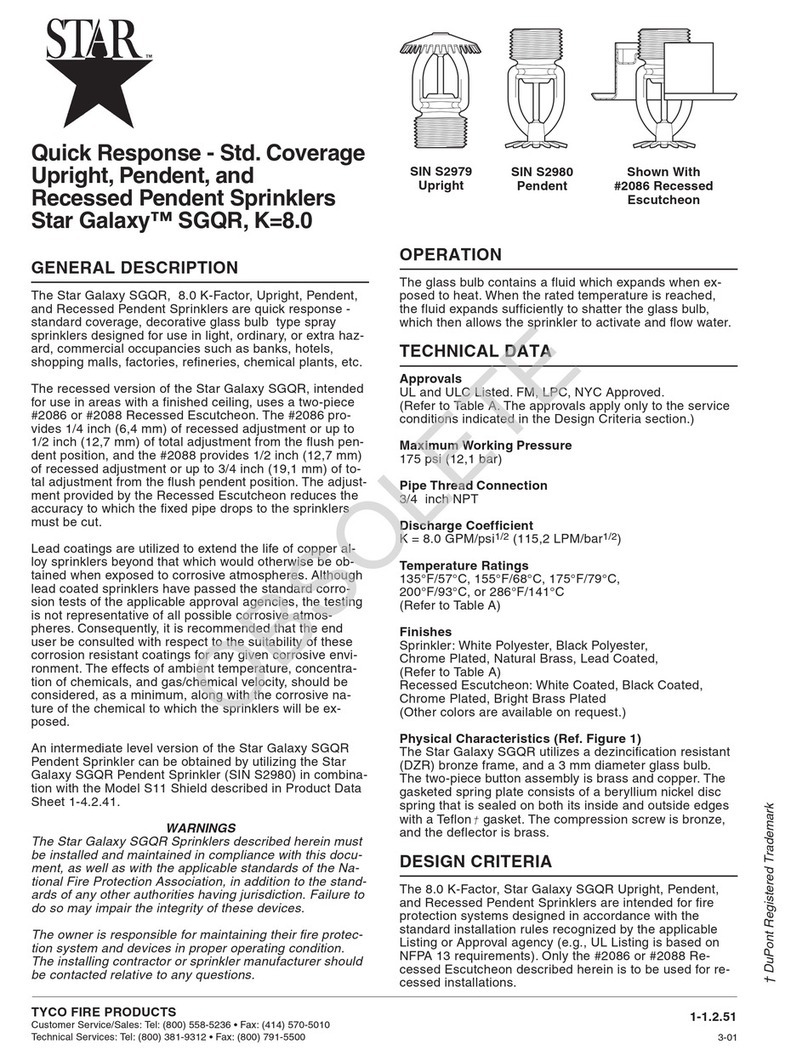
Tyco Fire Product
Tyco Fire Product Star Galaxy SGQR instruction manual

Tyco Fire Product
Tyco Fire Product CENTRAL A instruction manual
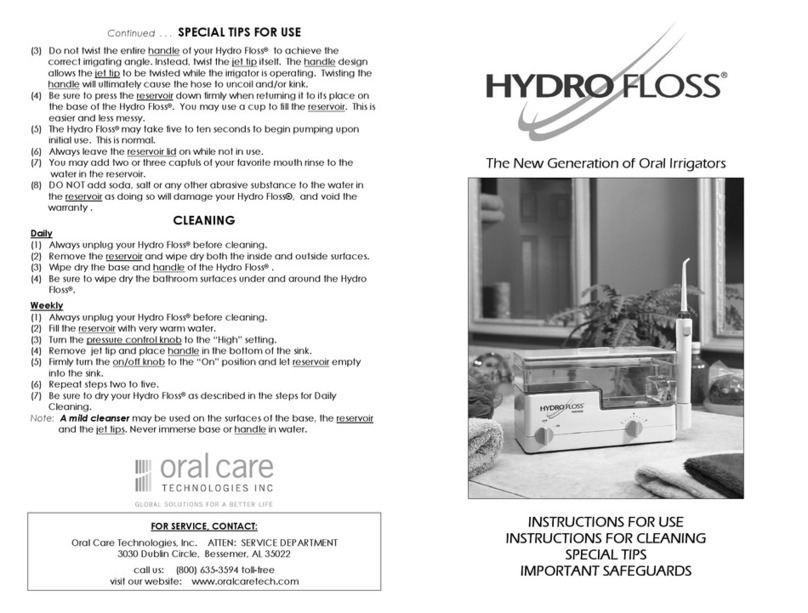
Oral Care Technologies
Oral Care Technologies Hydro Floss Instructions for use
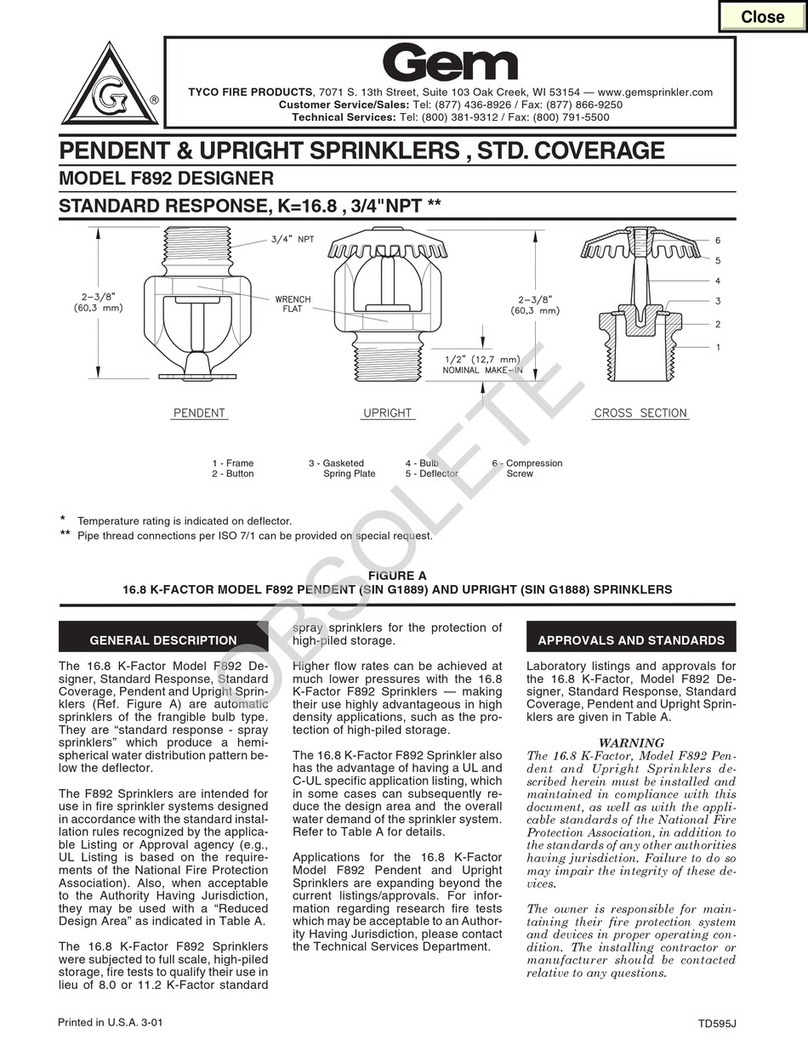
Tyco Fire Product
Tyco Fire Product Gem F892 instruction manual
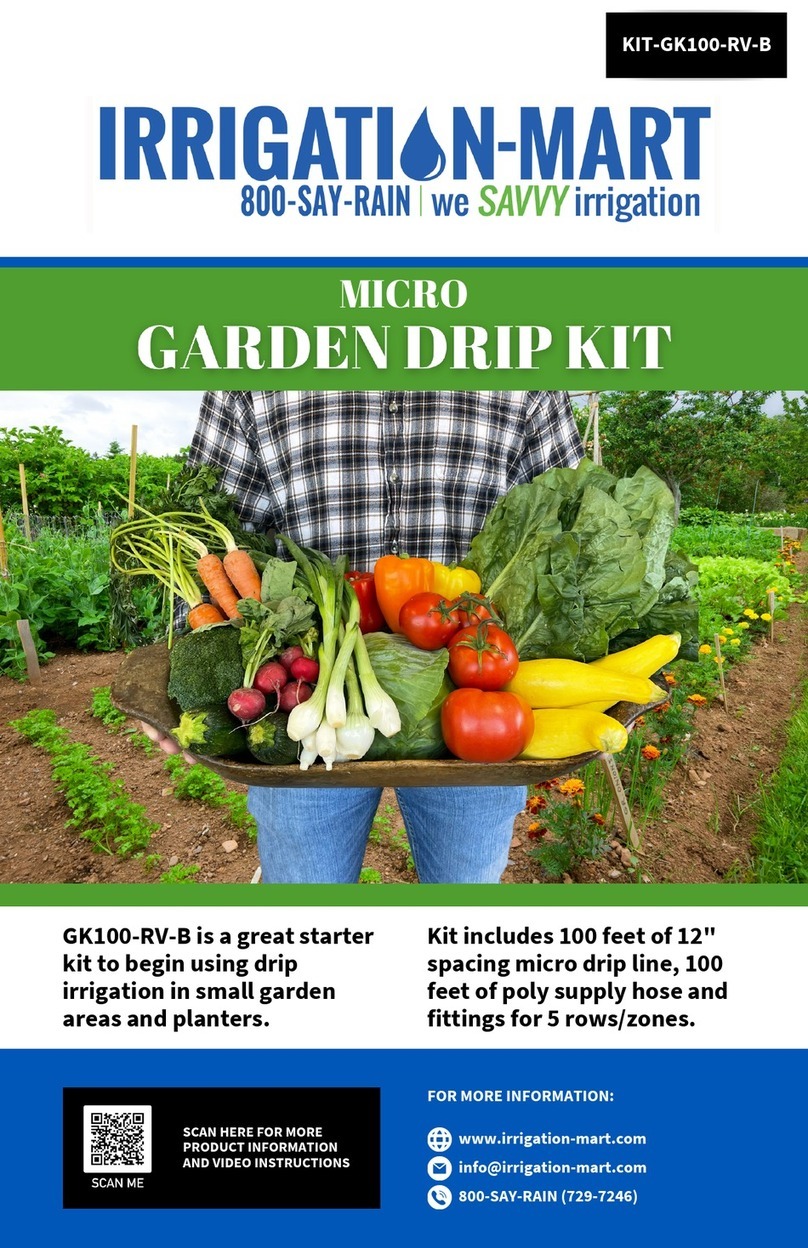
Irrigation-Mart
Irrigation-Mart KIT-GK100-RV-B quick start guide
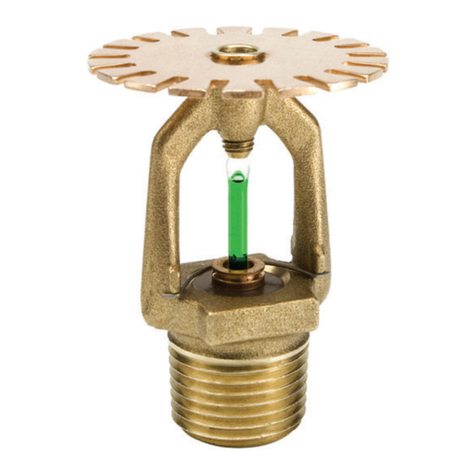
Tyco
Tyco CC3 manual
